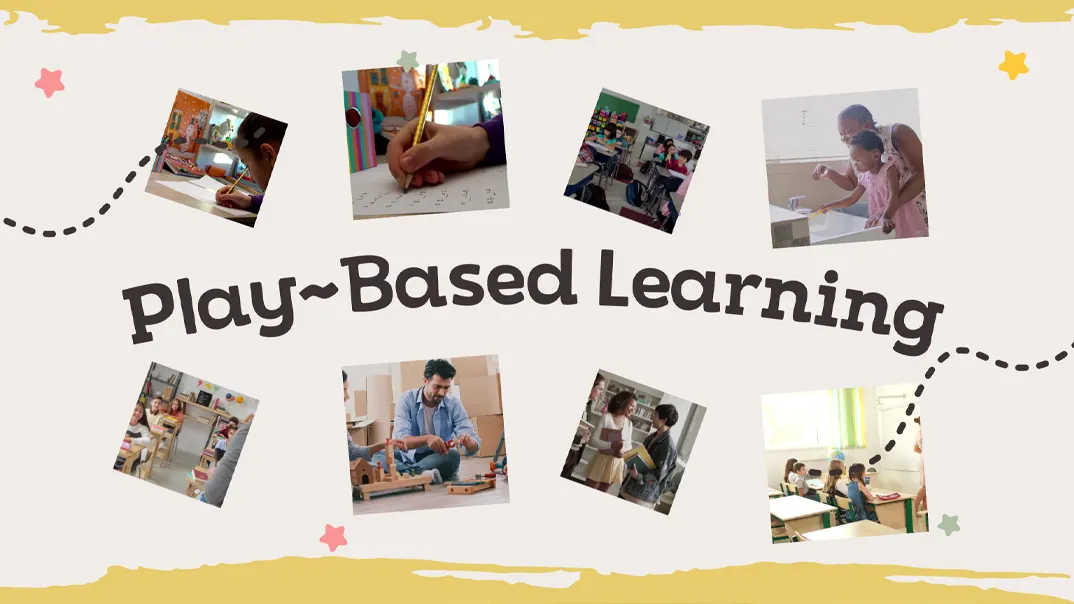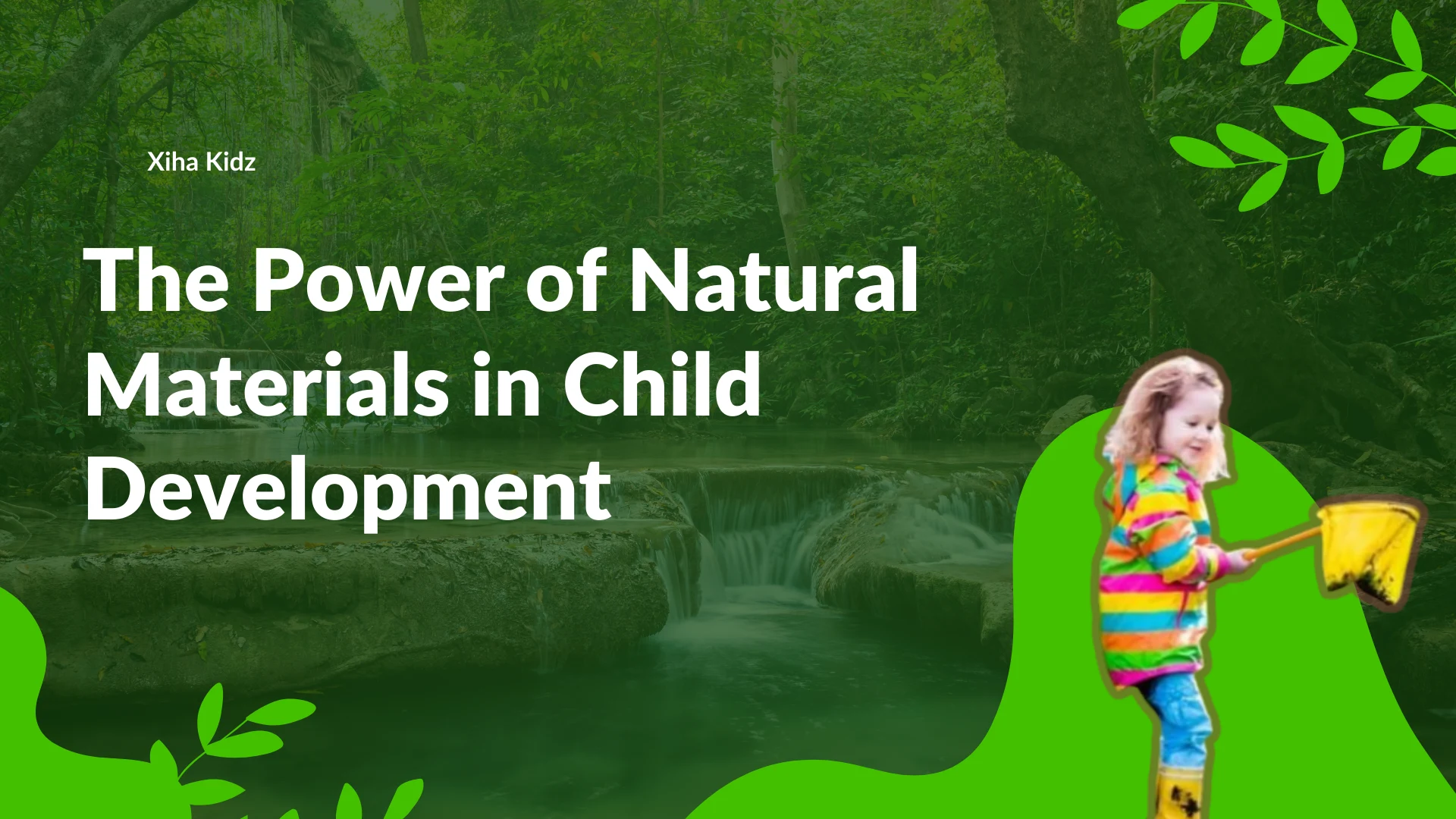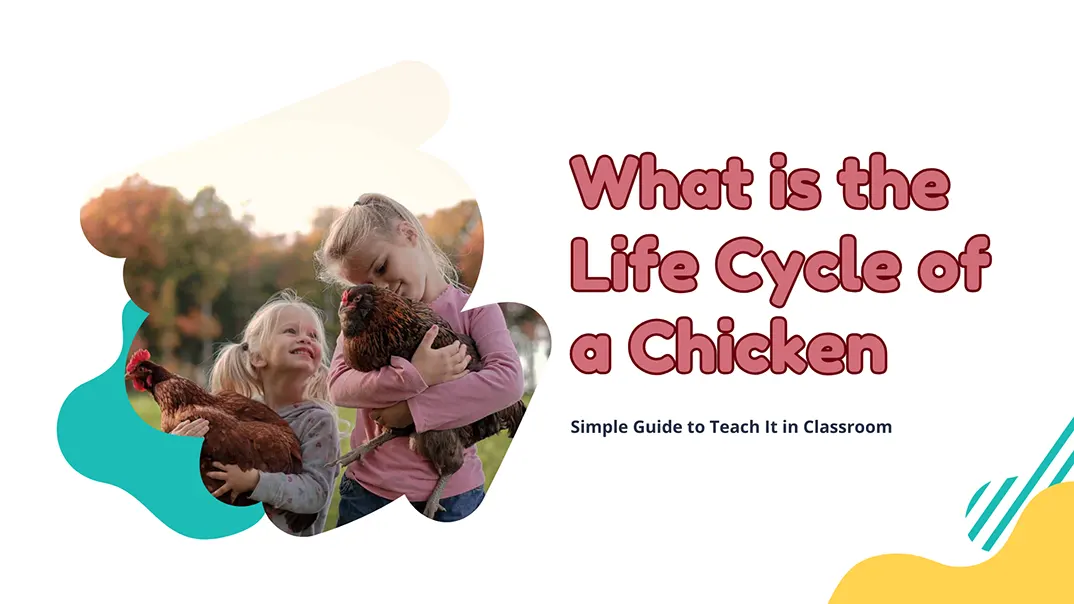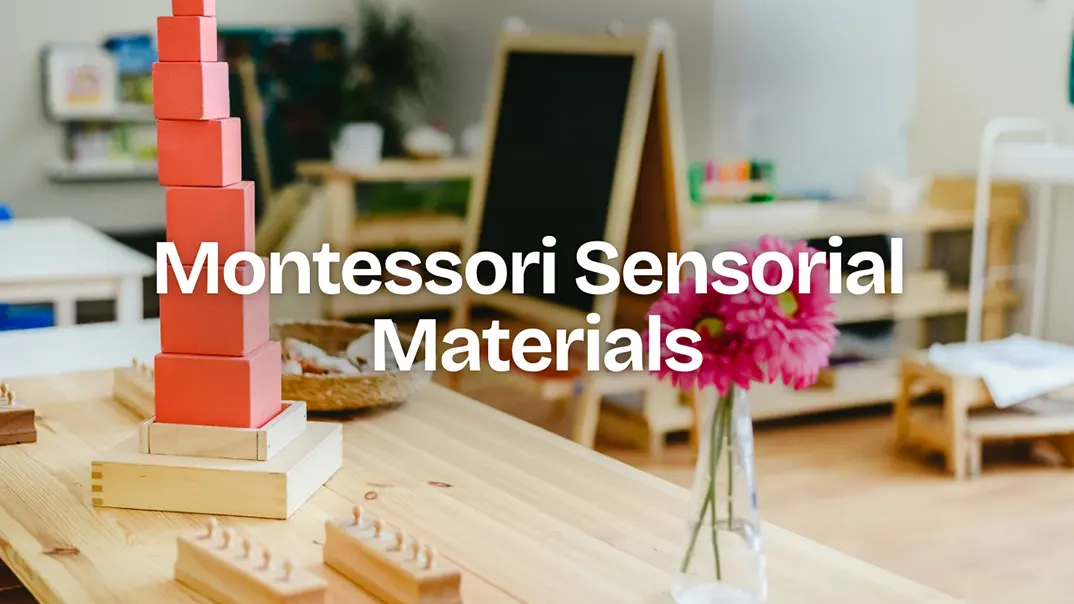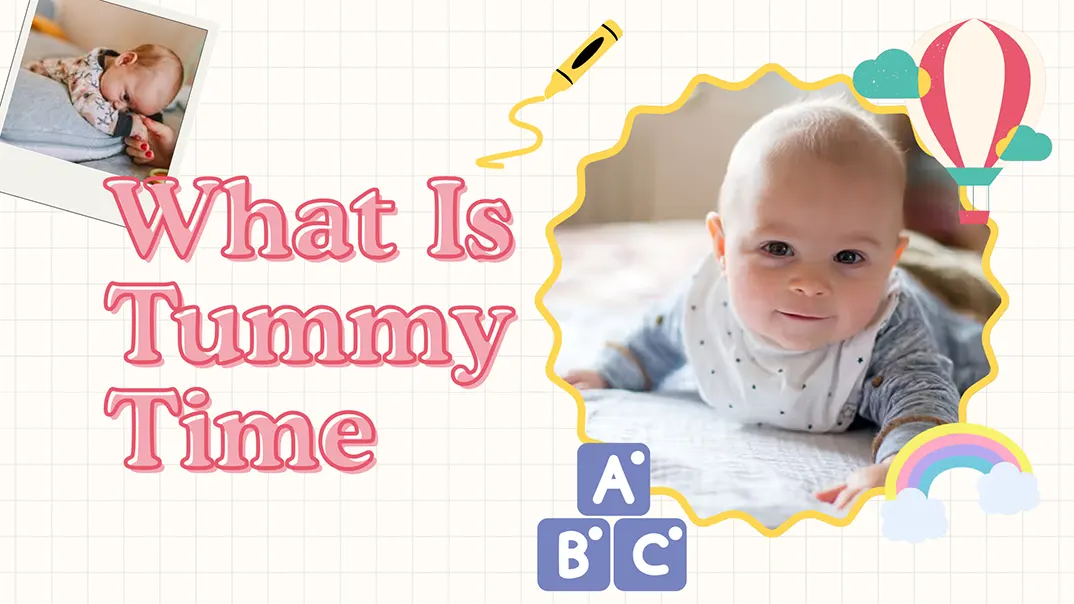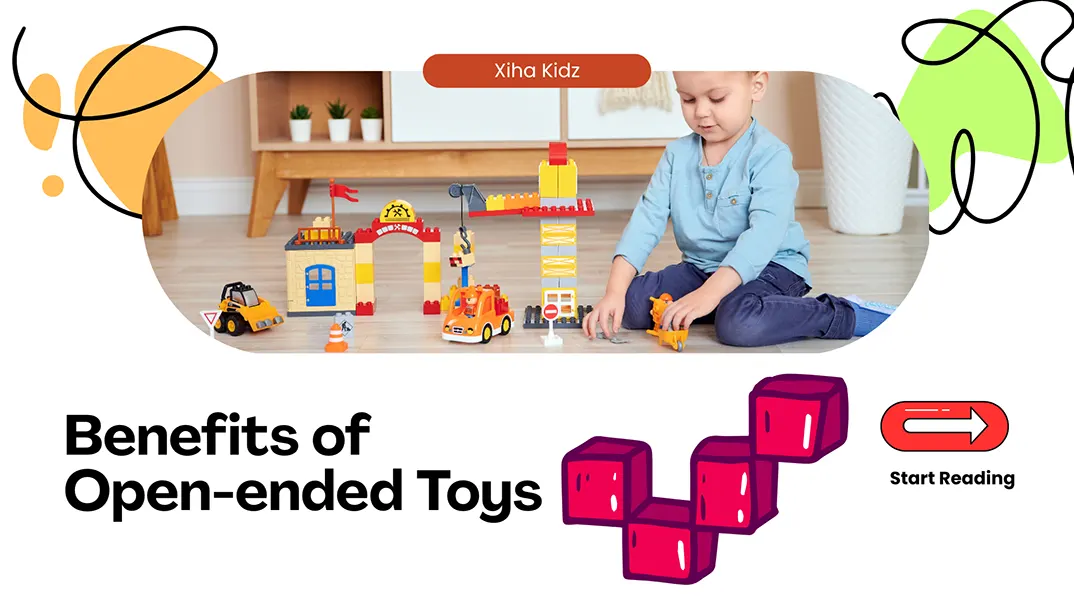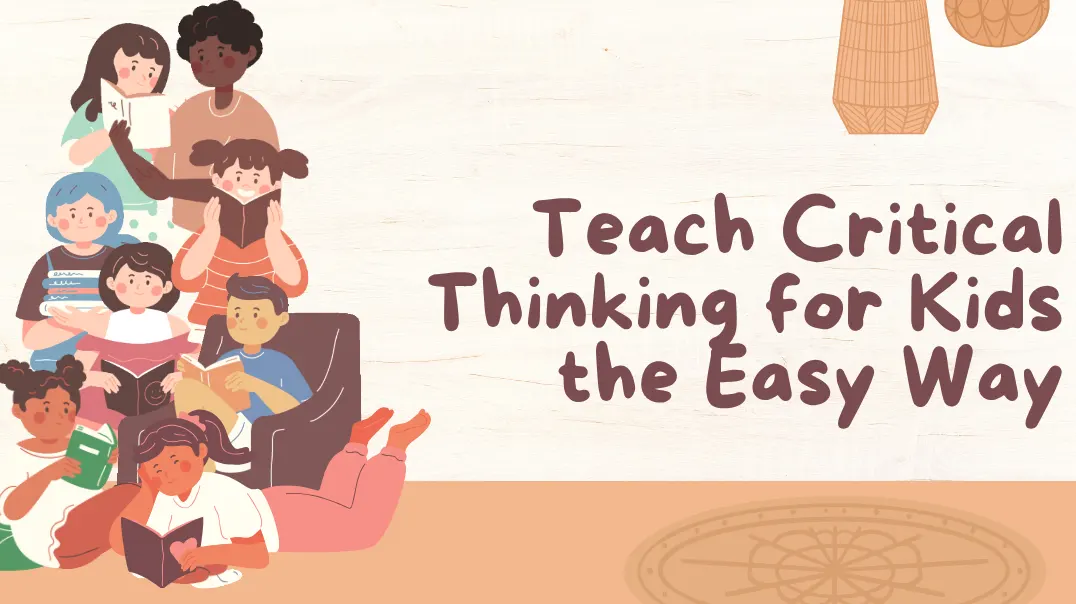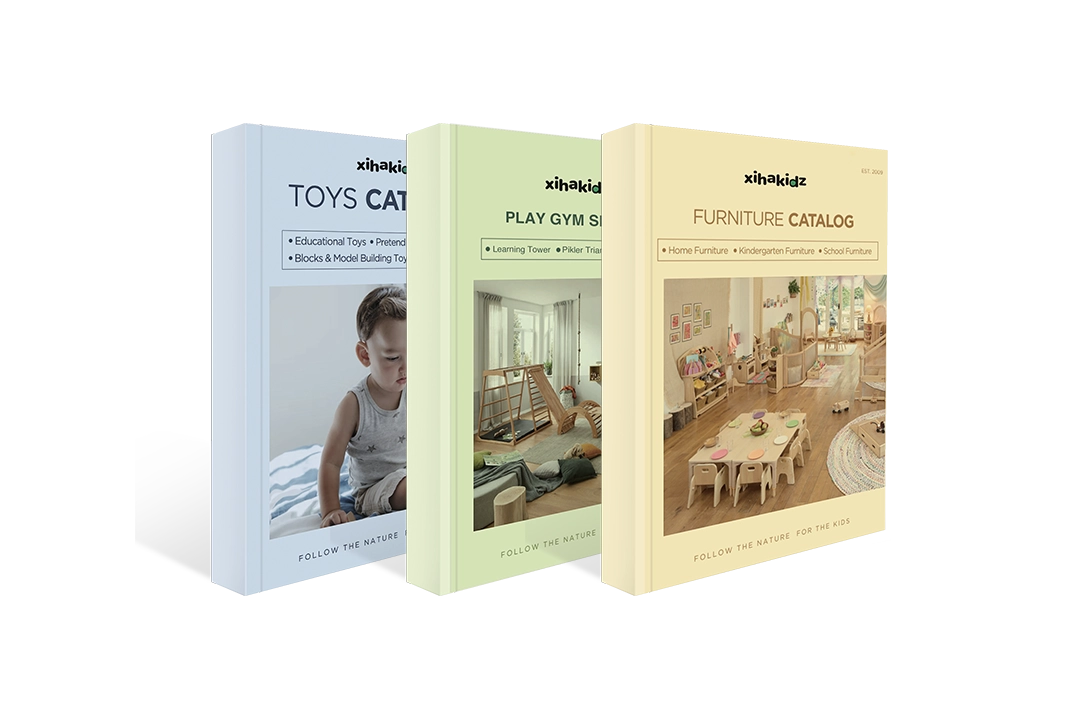Have you ever wondered how kids learn best? Is it through structured lessons or more informal, play-based learning? How can we ensure children have fun and build essential skills for their future? Educators, parents, and child development experts have asked these questions for years.
Play-based learning is an educational approach that utilizes play to engage children in their learning process. It fosters children’s cognitive, social, and emotional growth while providing a natural and enjoyable learning experience. Play-based learning creates a foundation for future academic and life success by focusing on children’s strengths and interests.
As we understand the impact of play-based learning, we must look closely at how this method works and why it’s so effective in child development.
What is Play-Based Learning?
Play-based learning is an educational approach that uses structured and unstructured play to promote learning in children. Unlike traditional teaching methods focusing on direct instruction, this approach encourages children to explore, create, and solve problems through play. Each activity offers a learning opportunity that contributes to a child’s cognitive, social, and emotional development.
Definition and Overview of Play-Based Learning
In play-based learning, children are not passive recipients of information. Instead, they actively engage with their environment, test ideas, and build knowledge through play. This process encourages curiosity, creativity, and pensiero critico. While the play itself seems like an unstructured activity, when done with purpose, it becomes a powerful tool for teaching everything from math and language skills to social responsibility and self-regulation.
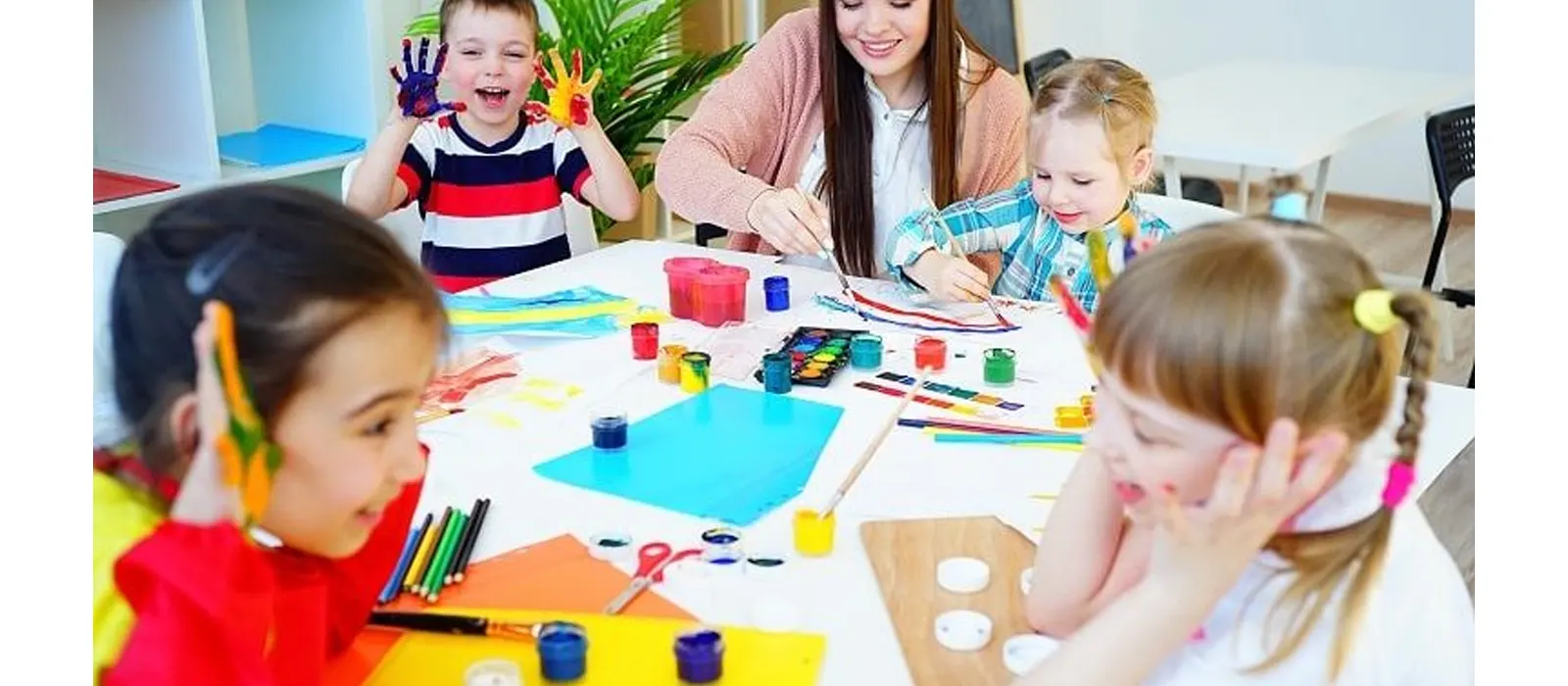
Why is Play-Based Learning Important?
Play-based learning is important because it supports children’s natural growth. It nurtures not only cognitive abilities but also emotional and abilità sociali. In an environment like a daycare with play-based learning, children can interact with peers in creative and collaborative settings. This method helps kids become problem solvers, critical thinkers, and communicators—all in a relaxed and engaging environment.
5 Key Elements of Play-Based Learning
Play-based learning is about having fun and creating an environment where children can explore, learn, and grow. Below are five key elements that make play-based learning a powerful tool for child development:

Self-Selection
One of the most important aspects of play-based learning is self-selection, which means that children choose the activities they want to engage in. This autonomy fosters a sense of independence and control, allowing them to follow their interests and passions. It also encourages decision-making skills, as children are required to evaluate their choices, making learning more meaningful and personalized.
Fun
The primary goal of play-based learning is fun! Children who enjoy their work are likelier to stay engaged and motivated. Fun experiences positively associate learning, encouraging children to explore new ideas and concepts. Whether through games, stories, or physical activities, the fun element makes learning feel like an adventure.
Unstructured
While structured activities have many benefits, unstructured play allows children to explore freely. No strict rules or guidelines prevent children from letting their imaginations run wild. This type of play fosters creativity, problem-solving, and adaptability as children figure out how to navigate and create within their environment.
Trasforma la tua aula con soluzioni di arredamento personalizzate
Process-Oriented
Play-based learning is process-oriented rather than outcome-driven. The focus is on the journey, not just the result. This approach encourages children to engage deeply with the learning process, experiment with different ideas, and make mistakes. Through this trial and error process, they build resilience and critical thinking skills.
In a play-based learning program, the emphasis is placed on encouraging children to experiment, collaborate, and reflect, ensuring that the learning process becomes a key part of their growth and development.
Imagination
Lastly, imagination is a key driver of play based learning. Through imaginative play, children expand their creativity and learn to see the world in new ways. They invent stories, create new worlds, and develop innovative solutions to problems, all contributing to cognitive and emotional development.
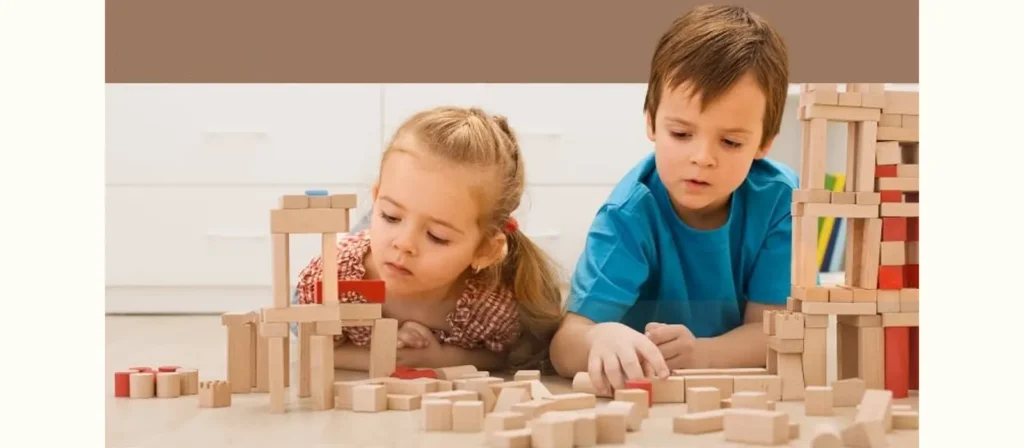
Benefits of Play-Based Learning
Play-based learning is a multifaceted approach that benefits children in various developmental areas. From boosting language skills to improving motor function, the advantages of this educational model are far-reaching.
- Promotes Language Development
Through structured and unstructured play, children engage in conversations, storytelling, and role-playing, greatly enhancing their language skills. Whether narrating a story, singing a song, or describing an activity, children develop a stronger vocabulary and improve their ability to communicate their thoughts and feelings. - Develops Creativity and Imagination
When children engage in play, they often create new worlds, scenarios, and characters. This imaginative play helps develop creativity by allowing children to explore ideas, try different roles, and experiment with new concepts. Over time, children learn to approach problems creatively, an invaluable skill as they grow older. - Develops Social-Emotional Skills
Children learn to interact with others, share, collaborate, and resolve conflicts through play. These experiences help them understand emotions, develop empathy, and build healthy relationships. Social play also helps children practice self-regulation, such as managing frustration or waiting their turn, which are critical skills in both social and academic settings. - Increases Confidence and Positive Attitude Towards Learning
Because play based learning emphasizes process over outcome, it reduces the pressure children often feel in traditional educational settings. This encourages children to take risks without fear of failure. As a result, children develop higher self-confidence and a more positive attitude towards learning. They learn that mistakes are an opportunity to learn and grow, making them more resilient in facing challenges. - Improves Motor Skills
Active play, especially physical activities like running, jumping, and climbing, helps improve both fine and gross capacità motorie. Physical activities also refine children’s coordination, balance, and dexterity, critical for overall physical development.
Types of Games in Play-Based Learning
Play-based learning includes various types of play, which can be unstructured or guided. Below are two common types of games that facilitate learning through play:

Free Play
Free play allows children to choose activities, create rules, and engage with materials without adult intervention. This type of play allows children to develop their creativity, independence, and problem-solving skills. Here are some examples of play-based learning activities:
- Costruire con i blocchi: Children use different types of blocks to build structures, which helps develop their spatial awareness, fine motor skills, and creativity.
- Gioco di finzione: Involves acting out various roles like being a teacher, doctor, or parent. Role-play toys stimulate children’s imaginations to create stories and scenarios that help improve social-emotional skills and creativity.and creativity.
- Sand and Water Play: Activities like filling containers with water, pouring sand, and using various tools enhance sensory exploration and fine motor development.
- Art and Craft: Freeform drawing, painting, or crafting with different materials (e.g., clay, paint, crayons) lets children explore their creative abilities and boosts cognitive skills.
- Outdoor Exploration: Children may explore nature, collect leaves, and interact with the environment, fostering curiosity, observation skills, and physical coordination.
- Musical Play: Playing instruments or making up songs promotes both creativity and the development of rhythm and sound recognition.

Guided Play
Guided play involves more structured adult activities, such as teachers or caregivers. In this type of play, adults provide materials, ask guiding questions, or suggest activities to steer children’s exploration in specific directions. However, the children are still free to choose and lead their play. Here are some examples of guided play games:
- Building Challenges: Adults provide children with specific materials (e.g., wooden blocks or LEGO) and challenge them to build a particular structure, like a bridge or tower. This promotes problem-solving, engineering thinking, and collaboration.
- Sorting and Matching Games: Children are given objects of different shapes, colors, or sizes and guided to group them according to specific criteria. These games help with cognitive development, such as learning about categorization and patterns.
- Cooking Play: Children may “cook” with pretend food or help in a real kitchen with supervision. This encourages creativity (through imaginative play) and the development of practical life skills.
- Giochi di memoria: A set of cards with pictures or numbers are laid out for children to match pairs. Memory games enhance concentration, visual recognition, and cognitive memory skills.
- Board Games and Puzzles: Games like “Connect 4,” “Candy Land,” or jigsaw puzzles are great examples of guided play. They help children with counting, strategy, teamwork, and cognitive skills while maintaining an element of fun.
- Nature Scavenger Hunt: Teachers guide children on a nature scavenger hunt where they search for specific objects (like leaves, stones, flowers, etc.). This promotes learning about nature, develops observation skills, and helps children learn how to follow instructions.
- Group Storytelling: Adults encourage children to contribute to a collaborative story, each adding a part. This fosters creativity, listening skills, and cooperative play.
Differences Between Play-Based and Academic-Based Lessons
| Caratteristica | Play-Based Learning | Academic-Based Lessons |
|---|---|---|
| Learning Approach | Child-centered, exploratory, self-directed learning. | Teacher-directed, structured, with a focus on facts and memorization. |
| Obiettivo | Focuses on the process of learning rather than the end result. | Focuses on achieving specific academic outcomes and standards. |
| Environment | Often unstructured, with an emphasis on play and creativity. | Structured, often rigid, with clear rules and expectations. |
| Teacher’s Role | Facilitator who encourages exploration and interaction. | Authority figure who provides instruction and assesses performance. |
| Interazione sociale | High emphasis on social skills and collaborative play. | Limited social interaction, mainly individual work. |
| Sviluppo emotivo | Promotes emotional expression and empathy through play. | Limited opportunity for emotional exploration. |
| Learning Tools | Toys, natural materials, and hands-on exploration. | Textbooks, worksheets, and formal assessments. |
How Do I Incorporate Play into My Classroom?
Incorporating play into your classroom isn’t just about setting aside time for “free play.” It requires a strategic approach where play is seamlessly integrated with academic objectives and developmental goals. Here’s a step-by-step guide on how to bring play-based learning into your classroom:
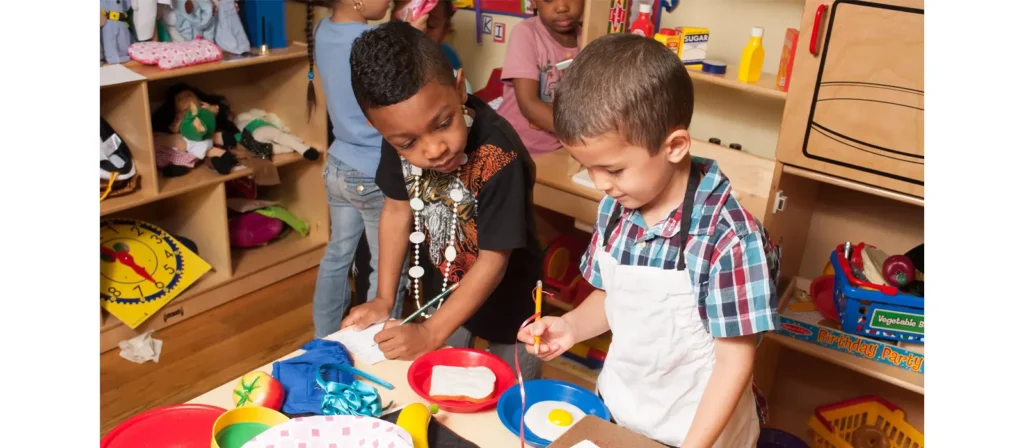
Step 1: Assess Your Classroom Setup
Before incorporating play, take a moment to evaluate the physical environment. Play based learning requires a flexible space where children can move freely, explore different areas, and engage with various materials. Here’s how to optimize your classroom for play:
- Create Learning Centers: Divide the classroom into different zones or centers (e.g., art, science, dramatic play, building blocks). Each center should allow for exploration and hands-on learning.
- Organize Materials: Ensure that materials are accessible to children at all times. From construction toys to art supplies, the key is to make the learning tools open-ended and ready for creative use.
- Provide Quiet Spaces: While some children thrive in noisy, active environments, others may need quieter spaces to process their thoughts. Create areas for children to engage in focused, individual play (e.g., reading corner or sensory play area).
Step 2: Integrate Play into Learning Objectives
Once the classroom setup is ready, it’s time to consider play based learning as an educational tool. Play should be more than just fun; it should align with the day’s or week’s learning goals. Here’s how to do it:
- Connect Play with Curriculum: Find ways to weave play into your lesson plans. For example, if you teach math concepts, use blocks to build shapes or count objects during dramatic play. If you’re focusing on sviluppo del linguaggio, have children role-play different scenarios or read storybooks that encourage imagination.
- Use Play to Reinforce Skills: Use familiar games to reinforce academic skills. For instance, if you’re teaching numbers, a game like “number hopscotch” allows children to practice number recognition while moving their bodies. If the goal is to practice social skills, activities like cooperative board games or group art projects can help children build these abilities through play.
Trasforma la tua aula con soluzioni di arredamento personalizzate
Step 3: Encourage Guided Play
While free play is essential for creativity, guided play is just as important in ensuring that children remain focused on learning outcomes. Here’s how to incorporate structured play:
- Set Clear Learning Goals: Even when guiding a play activity, it’s crucial to have a clear objective. For example, if you’re using a building block activity, the goal could be for children to build a tower while practicing balance and spatial awareness.
- Facilitate Exploration: Instead of simply telling children what to do, encourage them to explore and discover things independently. For example, if children are playing with clay, you might ask, “What shapes can you make with this?” or “How can you combine these shapes to build something?”
- Observe and Adjust: During guided play, observe how children interact with the materials. If the activity isn’t holding their interest, adapt it by offering new challenges or introducing different materiali didattici to stimulate curiosity and engagement.
Step 4: Foster Social Interaction Through Play
Social play is a core component of play-based learning for preschoolers. Children learn much about teamwork, communication, and empathy through peer interactions. Here’s how you can encourage this:
- Collaborative Projects: Assign group activities where children can work together towards a common goal, like creating a mural or building a fort with large blocks. This promotes cooperation, conflict resolution, and problem-solving.
- Role-Playing and Pretend Play: Create scenarios where children can play different roles. This could be through a classroom “store” or “restaurant” where children practice communication, turn-taking, and using new vocabulary in real-life contexts.
- Peer Teaching: Encourage children to help one another during play. For instance, a child who excels at a particular game or task can demonstrate it to others, which enhances their leadership skills while helping their peers learn.
Trasforma la tua aula con soluzioni di arredamento personalizzate
Step 5: Encourage Play-Based Learning Outdoors
Outdoor play is a natural extension of play-based learning, allowing children to explore and learn in a different environment.
- Esplorazione della natura: Encourage outdoor learning by organizing nature walks where children collect leaves, identify animals, or examine different plants. These activities connect children to their environment and spark curiosity about the world around them.
- Outdoor Games: Set up games that involve running, jumping, or building outdoors. Activities like obstacle courses, team games, or even digging in the sandbox engage children physically and help develop gross motor skills.
- Incorporate Play into Science Lessons: Outdoor settings are perfect for teaching science concepts like weather, plants, and animals. Use natural materials to teach concepts like measurement or gravity through playful experimentation and observation.
Step 6: Reflect and Modify the Play-Based Learning Approach
Play-based learning is an evolving process that requires continuous reflection and adjustment. After each play activity, take the time to assess:
- What Worked Well?: Was the play activity engaging? Did it promote learning? Look at what aspects of the activity were successful and why.
- What Could Be Improved?: Did any part of the activity fail to captivate the children? Did some children struggle with the concept? Use this feedback to make improvements for next time.
- Assess Learning Outcomes: Are children reaching the learning objectives? If not, consider adjusting the play to focus more on specific academic or developmental goals.

How Can Teachers and Educators Promote Play-Based Learning?
Play-based learning isn’t just about giving children toys to play with—it’s about strategically fostering an environment that encourages exploration and learning. Teachers and educators can promote this method in several ways.
1. Create a Rich Play Environment
Set up classrooms with materials and resources that encourage curiosity, such as art supplies, building blocks, or nature-based items. Children should have opportunities to explore different textures, sounds, and objects to ignite their creativity.
2. Encourage Peer Interaction
Collaboration is a key component of play-based learning. Teachers should facilitate group play activities, encouraging children to collaborate, share ideas, and resolve conflicts. These interactions promote social and emotional growth while fostering teamwork and communication.
3. Be a Guide, Not a Director
In a play-based learning classroom, the teacher’s role is to facilitate and guide the children’s exploration rather than provide rigid instructions. Encourage children to ask questions, experiment, and discover things independently.
4. Blend Play with Curriculum Goals
Teachers can integrate play with academic learning by aligning educational objectives with activities. For example, if teaching math, a teacher could set up a game that involves counting, sorting, or pattern recognition. Play should serve as a tool to achieve educational goals while allowing for fun and engagement.

Tips for Encouraging Play-Based Learning at Home
Parents can also play an essential role in promoting apprendimento basato sul gioco at home. Here are a few ideas:
- Provide Open-Ended Toys: Invest in toys that allow children to use their imagination, such as building blocks, art supplies, or costumes. These toys encourage creativity and independent thinking.
- Limit Screen Time: Encourage physical, hands-on play rather than relying on screens. Too much passive activity can hinder a child’s ability to explore and create.
- Create Learning Opportunities in Everyday Activities: Cooking, gardening, or shopping can become learning experiences. For example, children can count items, measure ingredients, or help plan a meal, bringing practical learning into their daily lives.
- Make Time for Free Play: Allow your child to play without any structured schedule or adult intervention. Free play is critical for developing independence, problem-solving skills, and emotional intelligence.
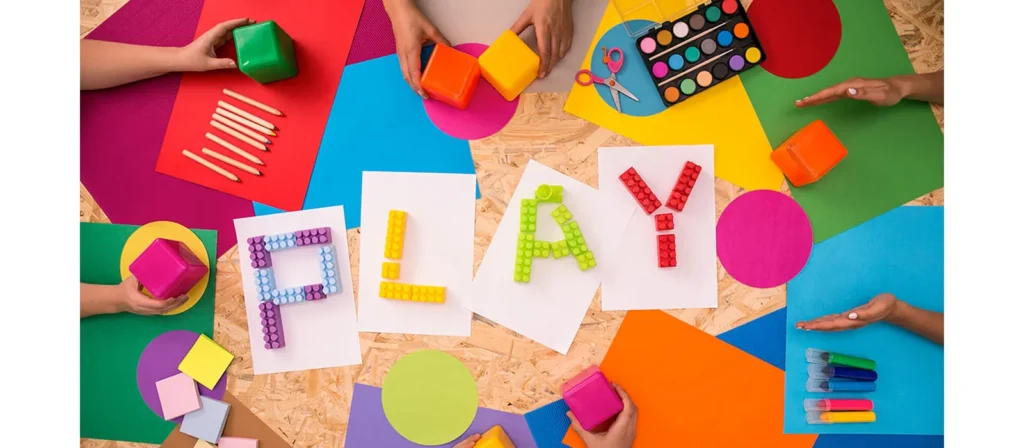
Challenges of Play-Based Learning
While play-based learning has many advantages, it does come with its challenges:
- Time Constraints: One of the most common challenges is time. With tight schedules and curriculum requirements, allocating enough time for play-based learning activities can be difficult. However, integrating play into daily routines can help address this issue.
- Balancing Play with Academic Goals: Teachers may struggle to balance play and traditional academic goals. However, play-based learning programs can still meet educational standards by embedding academic concepts into play experiences.
- Misunderstanding of Its Value: Some educators or parents may not fully understand the importance of play-based learning. Educating them on how play supports developmental growth in ways that traditional lessons might not be essential.
- Resource Availability: Setting up a play-based learning classroom requires costly resources such as toys, books, and outdoor play equipment. Finding affordable resources or getting creative with available materials is key to overcoming this challenge.
Domande frequenti
- What are the benefits of play-based learning at home?
Parents can provide open-ended materials, engage in play, and encourage outdoor activities to support their child’s development through play at home. - What challenges come with play-based learning?
Time constraints, classroom management issues, and parental perceptions of play-based learning as less academically rigorous can present challenges for educators. - What exactly is play-based learning?
Play-based learning is an educational method where children learn through play. It focuses on exploration and discovery, allowing children to engage with their environment, peers, and ideas in a playful yet meaningful way. - How does play-based learning improve social skills?
Through play, children learn to interact with others, practice turn-taking, share, and solve conflicts. These experiences help them develop empathy, communication, and cooperation skills. - Why is play important for a child’s development?
Play is essential because it stimulates cognitive, emotional, and social development. It helps children develop critical thinking, creativity, language skills, and the ability to interact positively with others. - What types of play are most beneficial for learning?
Both free play and guided play are beneficial. Free play encourages independence and creativity, while guided play helps children focus on specific learning objectives while still enjoying the process. - Is play-based learning the same as unstructured play?
No, while unstructured play is part of play-based learning, it is typically balanced with guided or structured activities designed to promote specific developmental goals. - Is play-based learning appropriate for all age groups?
Yes, play-based learning for infants, toddlers, preschoolers, and even older children can be adapted to their developmental needs. For younger children, it may involve sensory play and exploration, while older children can engage in complex role-play, group discussions, or outdoor activities that challenge their problem-solving skills. - At what age should children start play-based learning?
Play-based learning is beneficial from infancy through early childhood. While infants benefit from sensory play, toddlers and preschoolers can engage in more complex activities that encourage problem-solving, social interaction, and emotional regulation. - Is play-based learning effective for all children?
Yes, play-based learning is effective for all children, regardless of background or ability. It can be adapted to meet the needs of different learners, including those with special educational needs, by offering individualized support and guidance.
Conclusione
Play-based learning is a fun way for children to engage with the world around them, but it’s also a powerful educational tool that supports various developmental outcomes. Play is a cornerstone of early childhood education, fostering cognitive skills and enhancing social and emotional growth. By embracing play-based learning, we give children the foundation they need for lifelong success.

